Boxing Day tsunami: Forensic investigator reflects on disaster 20 years on
A detective who helped identify thousands of bodies after the Boxing Day tsunami has revealed a grim truth. WARNING: Graphic
Warning: Distressing
Most of us could never imagine what it would be like to be confronted by the sight of a dead body.
As anyone in emergency services could tell you, it is usually not the bloodied crime scenes or interviews with psychopaths that haunt them.
It is the uniquely horrific smell of a decaying corpse that lingers in their minds for the rest of their lives.
As a highly-skilled forensic investigation expert, Peter Baines has encountered more death than anyone could ever fathom.
After the devastating Bali bombings back in 2002, he was sent over to the holiday island as a detective inspector with NSW Police to help identify the bodies of those killed in the blast.
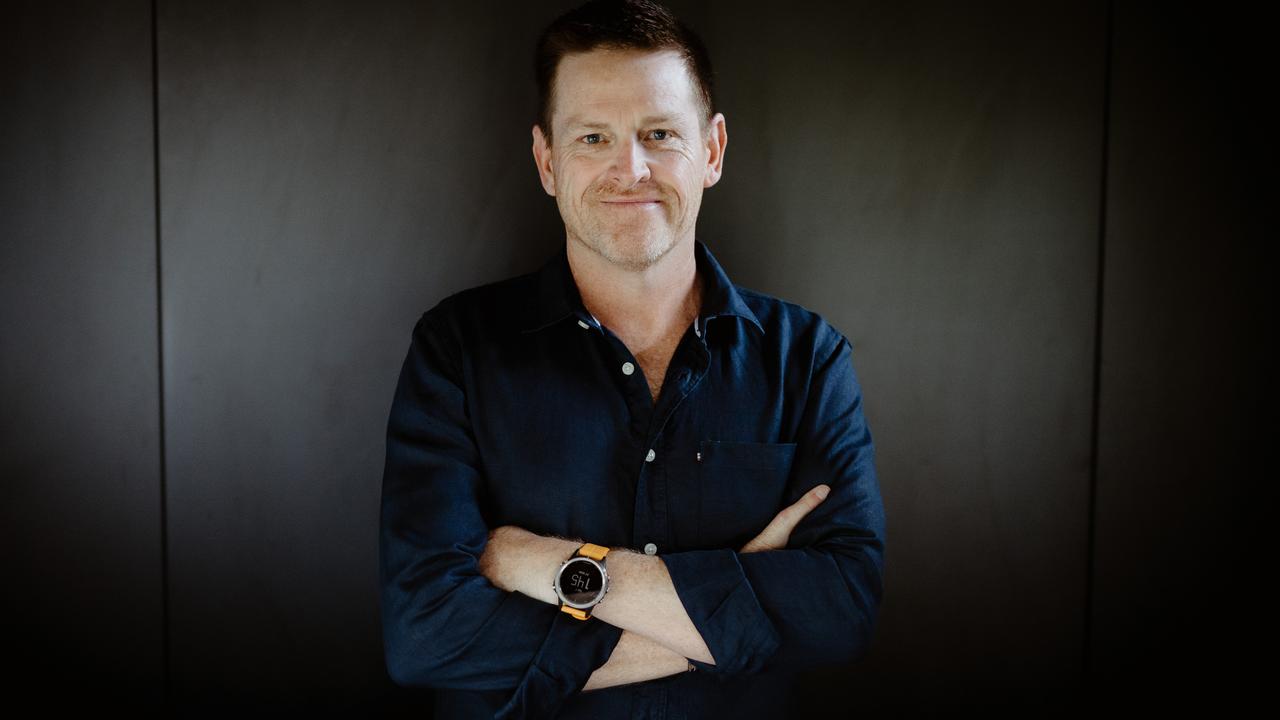
He was just 35 and at that point in his life, it was one of the toughest things he had ever been through in his career.
“On the back of 9/11 the previous year, the Bali bombings signified the arrival of terrorism on our doorstep and touched the very soul of a lot of Australians,” Mr Baines, now 57, told news.com.au.
“I was honoured to be invited to travel to Bali and assist in the identification of those who died.
“I was part of the team entrusted with the difficult, yet incredibly important task of returning loved ones to their relatives, which was on a scale and circumstance none of us had previously encountered.
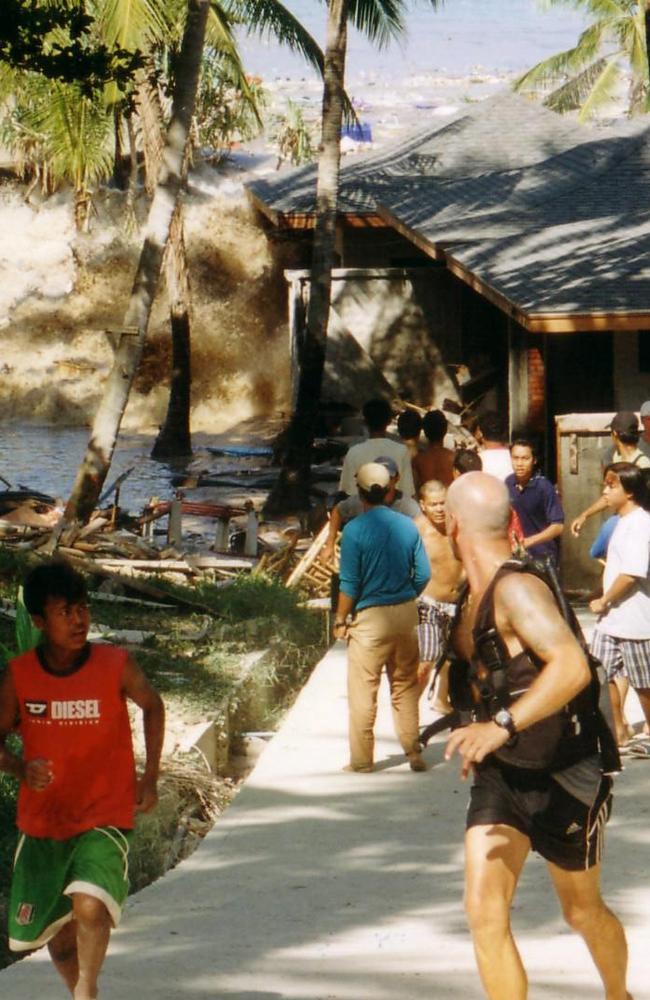
“The death of 202 innocent individuals, the result of a deliberate criminal act, was an insight into the depths of ill intent we as humans were capable of.”
Little did he know, just two years later, he would return to Asia for one of the deadliest natural disasters in modern history.
While he says his time in Bali somewhat positioned him to deal with these types of unimaginable tragedies, nothing could have prepared him for what was to come.
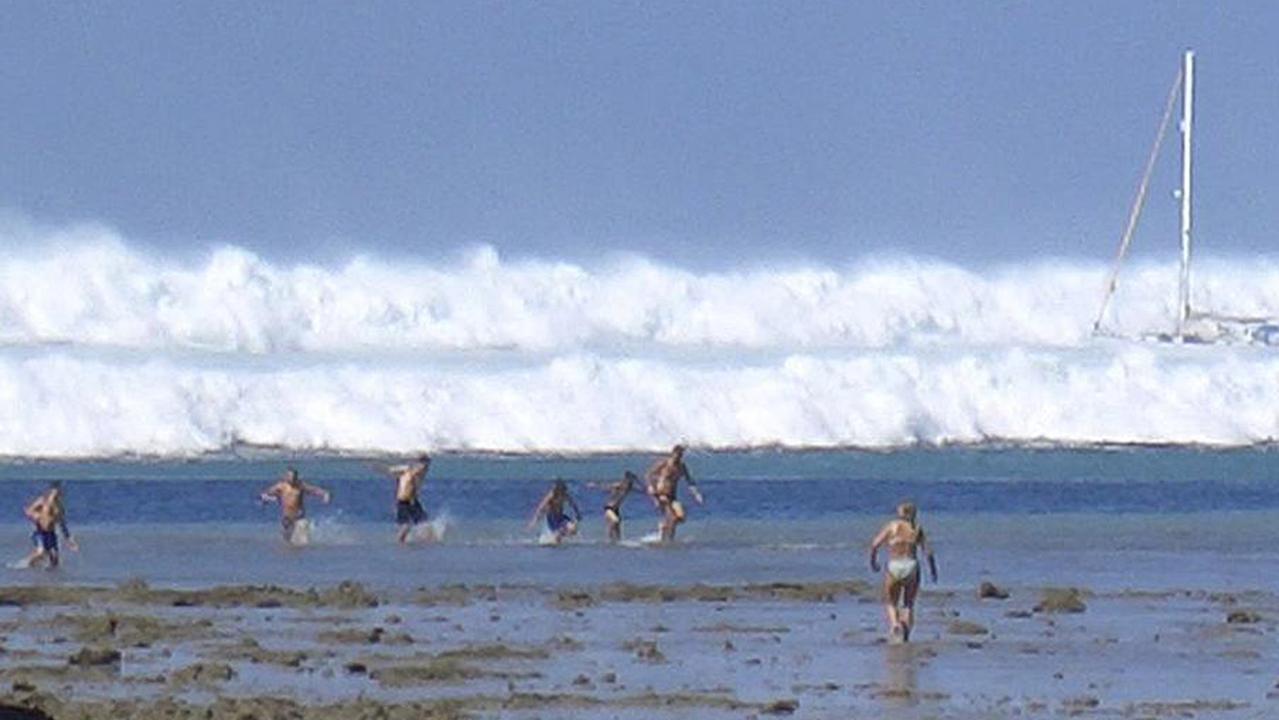
Boxing Day tsunami
Just before 8am on December 26, 2004, a massive 9.3 scale earthquake struck off the west coast of Sumatra in northern Indonesia.
As a result, a huge tsunami was triggered with waves up to 30 metres high devastating communities along the surrounding coasts of the Indian Ocean.
It killed an estimated 227,898 people in 14 countries, with the hardest hit locations being in Indonesia, Thailand, Sri Lanka, India and the Maldives.
Thousands of overseas tourists were killed in the disaster, including 26 Australians.
As he watched the devastation and rising death roll unfolding on the news from the comfort of his home on Boxing Day, Mr Baines knew it would not be long before he got the call.
Within a few days, he was flying over to Thailand for the first time in his life.
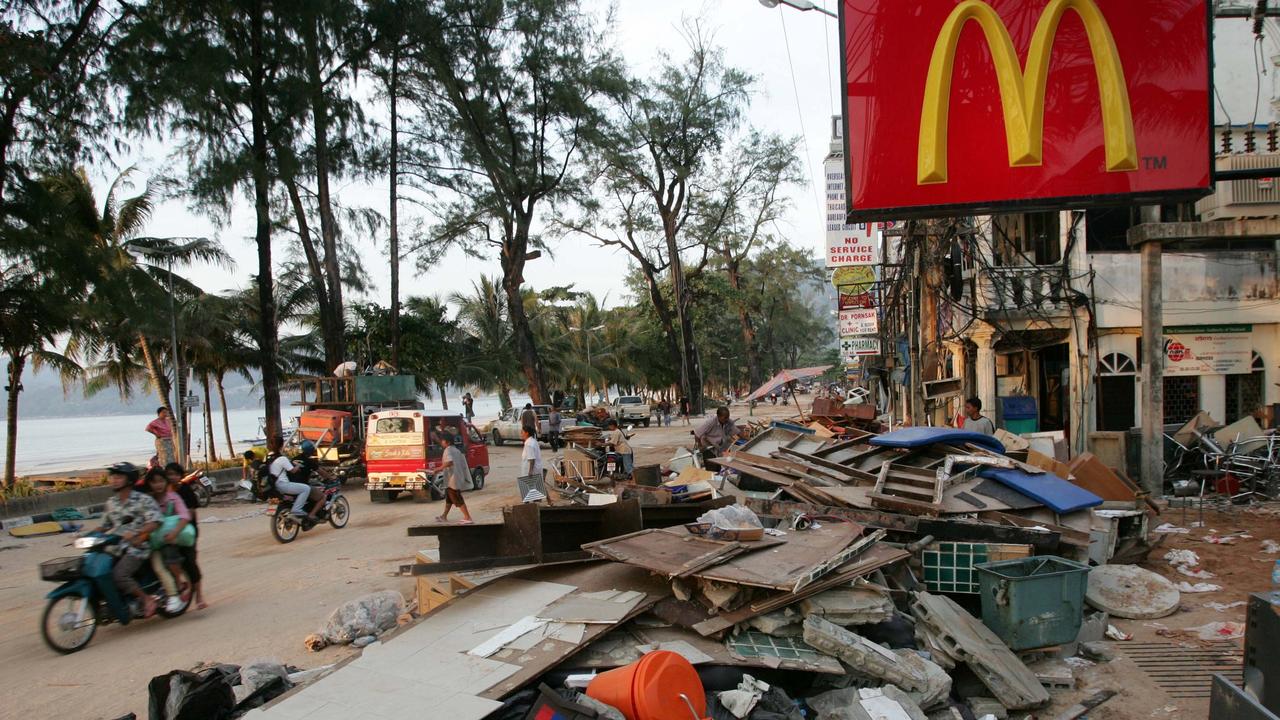
“I knew the unfolding tragedy would change my life, but I just did not appreciate the scale of the change,” he said.
“I remember on the flight to Phuket I was trying to imagine what the destruction would be like and how we could make a significant contribution.
“I wondered if I had the necessary skills. I felt anxious, nervous, excited and eager.
“There was a deep sense of honour to be there representing Australia in such a pivotal moment in our world’s history.”
From the aeroplane’s window, Mr Baines was quickly overwhelmed by the tsunami’s obliteration of the Thai coastline.
“I was amazed at not just the level of the destruction, but the indiscriminate nature,” he recalled.
“Hotels along the same beach could have been totally destroyed, while others just up a little bit looked as if, with some rearranging of a few deck chairs and a good hose down, could have returned to service.”
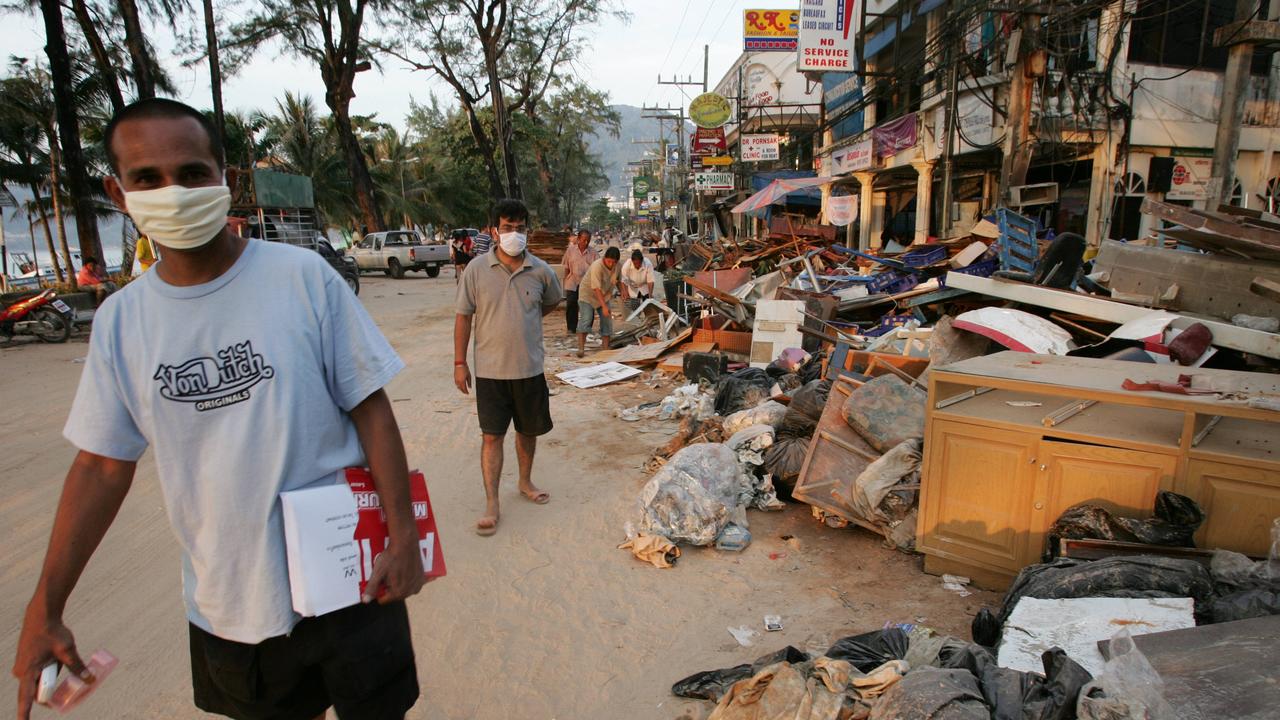
Thousands of bodies
As soon as he arrived on the ground, it was time to jump into action.
He flew via helicopter to Takua Pa, which was one of the most severely affected areas with significant casualties.
As soon as he stepped onto the ground, it hit him.
The smell of death was everywhere.
“My work as a forensic crime scene examiner had made me very accustomed to the smell of decomposing bodies,” he said.
“But the presence of 3,500 decomposing bodies in the grounds of the temple was something none of us, even seasoned professionals, had ever experienced.
“It’s just not something you can prepare for.”
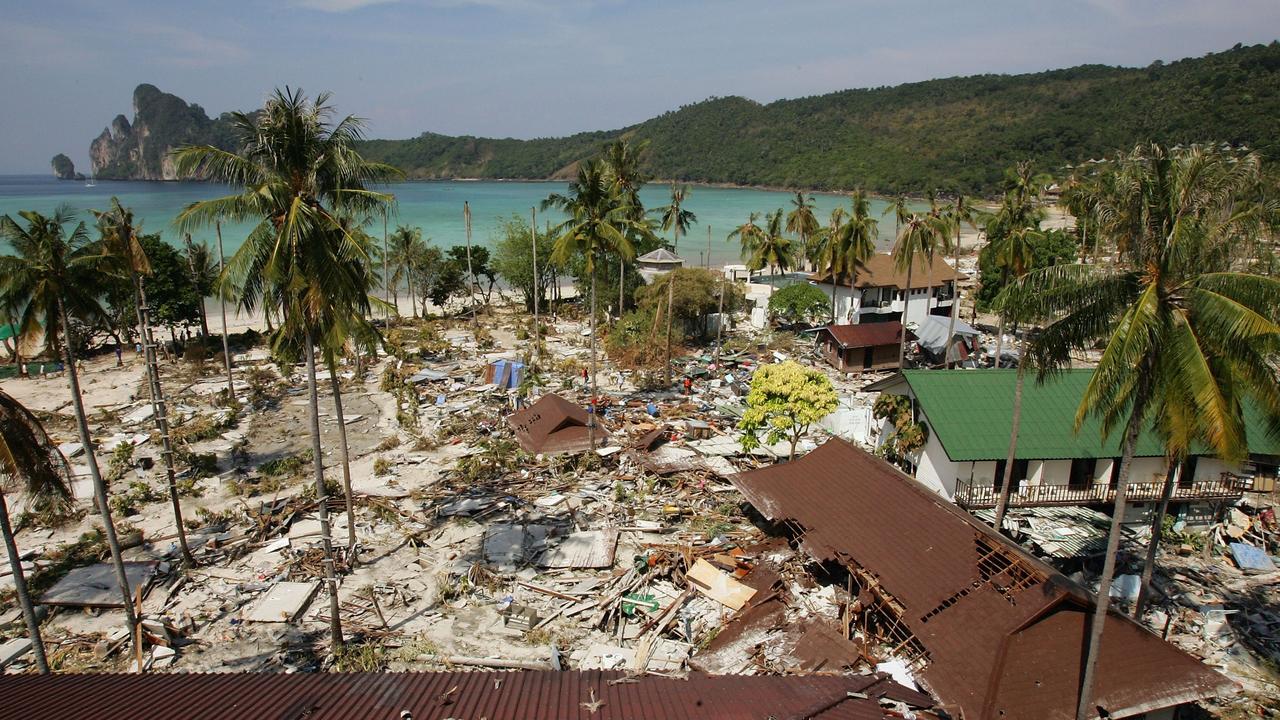
The extent of the disaster was made all to clear as Mr Baines navigated his way through thousands of bodies in an attempt to identify them.
However, due to severe decomposition, it was not an easy task.
“Bodies were arriving by the truckload and were laid on the grounds of the temple,” he recalled.
“The decomposition was accelerated by the extreme heat and many had been in the water for a long period of time.
“This brought changes to the bodies that made them unrecognisable. They will swell with the build up of gases and the purge fluid that is forced out of the mouth, nose and orifices of the body that makes the changes unimaginable to those not accustomed to it.
“For the majority of people, these changes are unfathomable. In my mind, it’s a good thing, as they simply do not need to know what their loved ones now look like.”
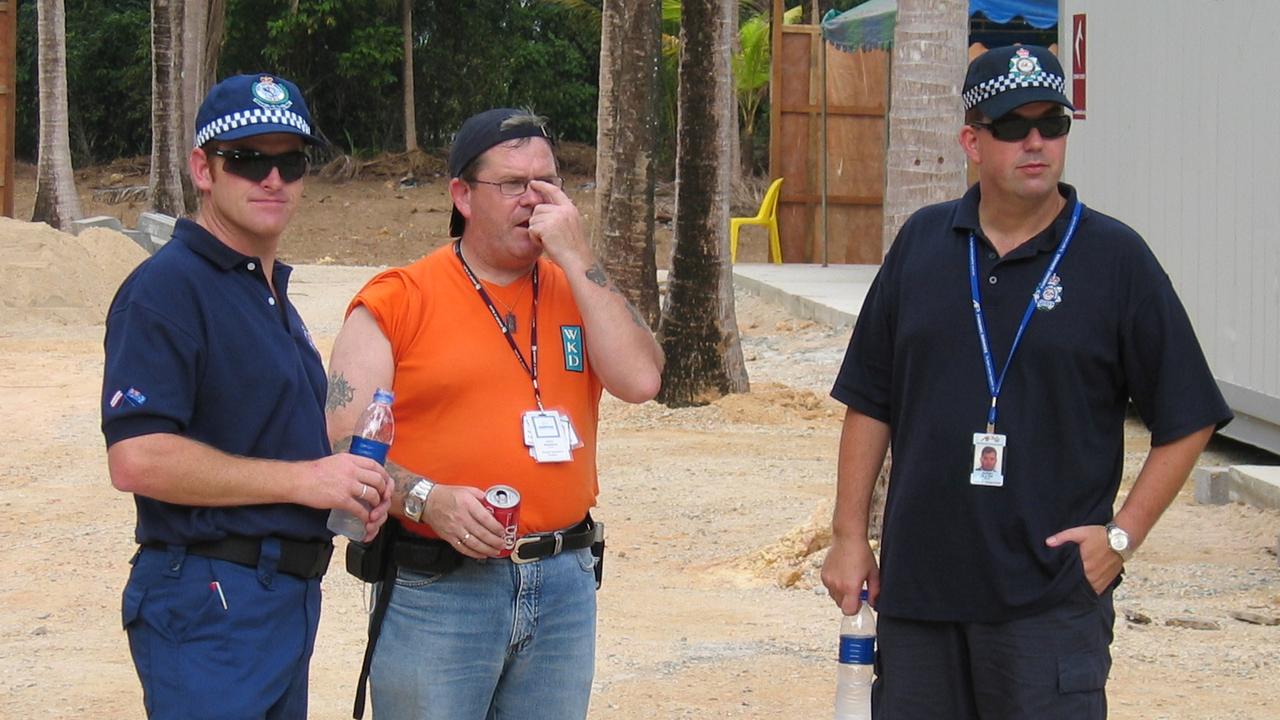
Devastating losses
While this process was gruelling, Mr Baines said the thing that was the most emotionally taxing was working with the relatives of those who had died.
He cites it as being the most difficult, but most rewarding, part of the experience.
“There are so many moments and interactions that I will never forget,” he said.
“They will stay with me forever, which can be both a blessing and a curse.
“One of the most memorable moments was meeting a Thai woman who had come to collect the body of her son who was killed in the tsunami.
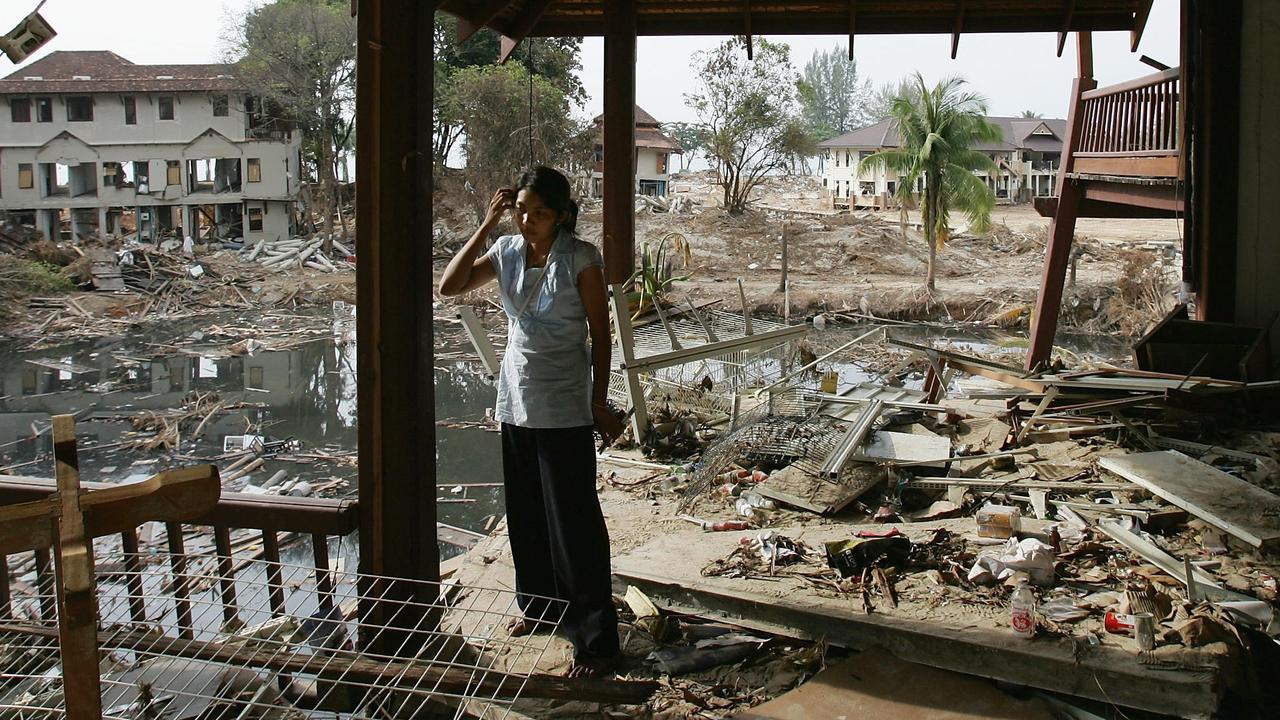
“She came from a modest family and could not afford a coffin. She was going to receive her child in a body bag and place him at the back of her vehicle for their final journey together.
“It was a six hour drive back to her village. Nobody deserves that, it doesn’t matter who you are.
“Nobody deserves the indignity of receiving their child in a body bag. So we bought her a coffin.
“She had to be at one of the lowest points in her life, but had more grace, dignity and compassion than anyone I had ever met before.”

Sadly, this was not the only interaction Mr Baines would have with this mother. She had lost all three of her children in the disaster and each time had to bring back another body.
“She came to our site three times and each time had to make that 12 hour journey to collect the bodies of her three children,” he recalled.
“She kept coming until she had no children left.
“My interactions with her are burned into my memory and in a large way define why I did what I did.
“It was returning the bodies of children to their parents, so they could be buried according to their faith and beliefs.”
Making a change
Upon his return to Australia, the profound impact of what he had witnessed during his stint over in Thailand changed the course of his life forever.
During 2005, he made many month-long deployments to the impacted areas and worked on starting up his own charity, Hands Across The Water, which had the initial aim of raising money to help local orphan children build a home after the devastation.
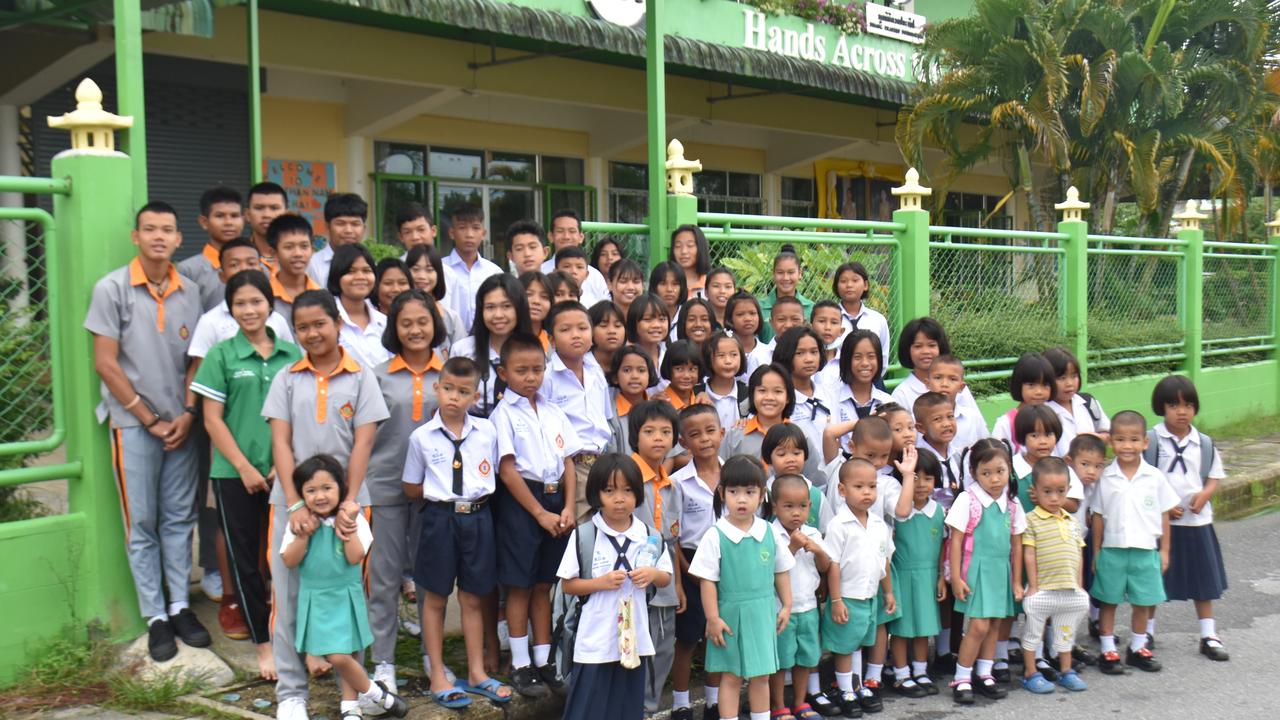
“Walking among the bodies of 3,500 bodies in the grounds of a temple would leave an impact on me and I suspect all of those who were present,” he reflected.
“Exposure to such devastation and loss can be a hugely negative experience, or it can give you insights, perspective and a level of gratitude that others can’t appreciate.
“I met a group of Thai kids who had lost all their parents, their homes and their families. The kids were living in a tent within the grounds of a temple.
“I realised I couldn’t change what happened but I could change what happened next.
“I set up Hands Across The Water here in Australia with the view of raising money for the kids I’d met.
“I thought that if we built them a home their challenges were over, but when we travelled to Thailand for the opening of the home we had built in 2006, I realised the work had really just begun.”
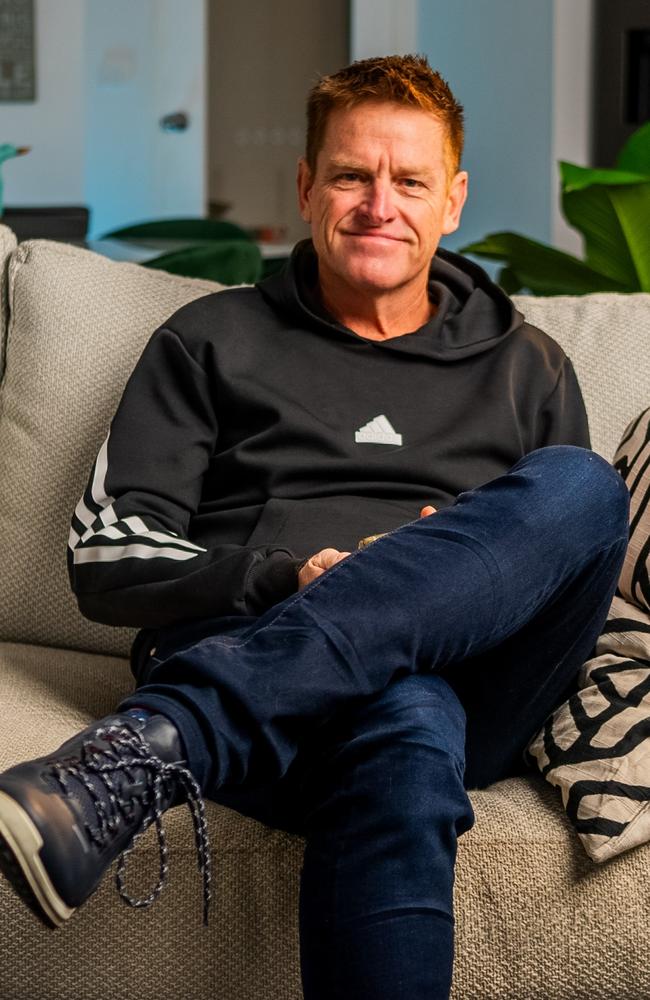
In the 20 years since the conception of Hands Across The Water, Mr Baines and his wife Claire, who is the CEO of the company, have raised an incredible $35 million and have seen 40 Thai children graduate from university.
“The more you give of yourself, the greater return for all involved,” he said.
“When you emotionally, spiritually and physically commit yourself, the return far outweighs the give.”
With 20 years gone since the trauma of December 26, 2004, Mr Baines said it is important for people to remember that the impact of the disaster has a profound ongoing impact that will last for many decades to come.
“The hurt of those that lost a parent, child or their entire family does not go away just because there has been a passage of time,” he said.
“We learn to live with the loss, but the loss remains nonetheless. I see now some of the kids from the early days of the tsunami become parents themselves.

“They are entering another phase of their life without their parents to help them navigate it.”
In September 2022, Mr Baines set himself a challenge of embarking on a marathon from the North East of Thailand to the tsunami region of Khao Lak, dubbed the Run To Remember.
Starting from the 1st of December, he vowed to run each day for 26 days before arriving at the tsunami memorial on the 26th of December.
“It will be a journey of high and lows,” he said.
“It will be a time to reflect and a nice way to bring my time in Thailand that started with the events of the tsunami 20 years ago to full circle.
“Most importantly, I’ll be raising funds so that Hands Across The Water can continue supporting Thai communities.”
jasmine.kazlauskas@news.com.au






